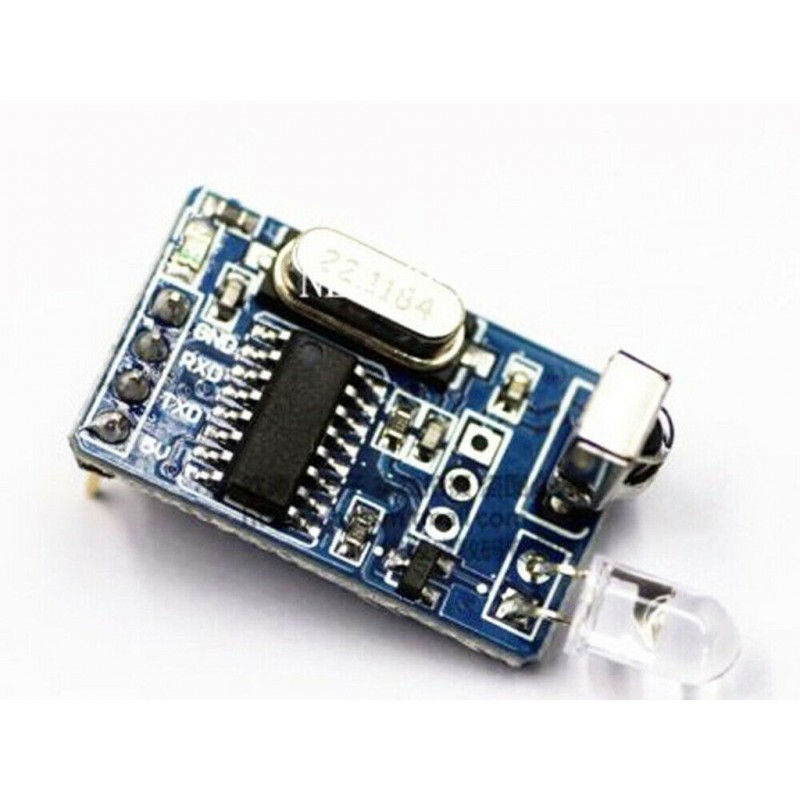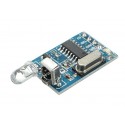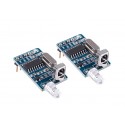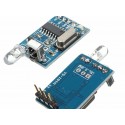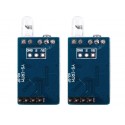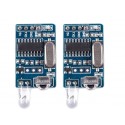5V Nec Code Infrared Decoding Encoding Module Infrared Wireless Communication Serial Communication
Rs. 171.00 Rs. 211.00
- Product Code: SEN-COM
- SKU -
- Availability: In Stock
- Price in reward points: 2
- For Bulk Order
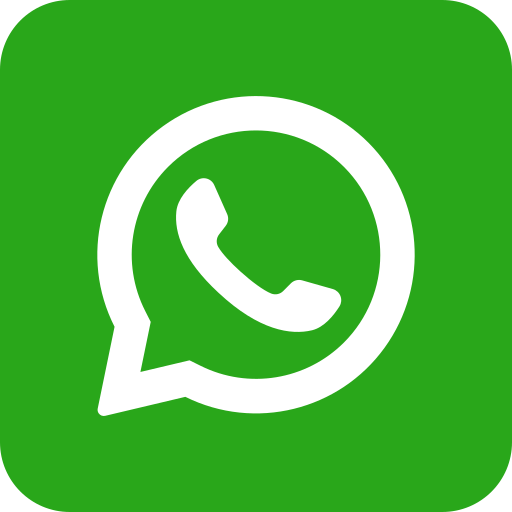 9962060070
9962060070
Quick support on WhatsApp (+919962060070) only between morning 11am-4pm, no call will be answered
| SPECIFICATIONS: | |
| -Size | 27''17mm |
| -Supply voltage | 5V |
| -Communication | Serial communication (TTL level) |
| -Firing distance | 6-10 meters (OUR actual environmental testing eight meters Stability Control) |
OVERVIEW:
-With the infrared emission function
-With infrared encoding.
-With the infrared emission head expansion interface.
-With serial communication functions, communication level is TTL.
-It can control 99% of the infrared format devices, including televisions, fans and other electrical and electronic equipment.
-Support for NEC encoding chips
PACKAGE INCLUDES:
1 PCS x 5V Nec Code Infrared Decoding Encoding Module Infrared Wireless Communication Serial Communication
// SOURCE CODE TAKEN FROM BELOW LINK
//https://simple-circuit.com/arduino-nec-remote-control-decoder/
Arduino NEC Protocol IR remote control decoder
// include LCD library code
#include <LiquidCrystal.h>
// LCD module connection (RS, E, D4, D5, D6, D7)
LiquidCrystal lcd(3, 4, 5, 6, 7, 8);
char text[5];
boolean nec_ok = 0;
byte i, nec_state = 0, command, inv_command;
unsigned int address;
unsigned long nec_code;
void setup() {
// set up the LCD's number of columns and rows
lcd.begin(16, 2);
lcd.setCursor(0, 0);
lcd.print("Address:0x0000");
lcd.setCursor(0, 1);
lcd.print("Com:0x00 In:0x00");
// Timer1 module configuration
TCCR1A = 0;
TCCR1B = 0; // Disable Timer1 module
TCNT1 = 0; // Set Timer1 preload value to 0 (reset)
TIMSK1 = 1; // enable Timer1 overflow interrupt
attachInterrupt(0, remote_read, CHANGE); // Enable external interrupt (INT0)
}
void remote_read() {
unsigned int timer_value;
if(nec_state != 0){
timer_value = TCNT1; // Store Timer1 value
TCNT1 = 0; // Reset Timer1
}
switch(nec_state){
case 0 : // Start receiving IR data (we're at the beginning of 9ms pulse)
TCNT1 = 0; // Reset Timer1
TCCR1B = 2; // Enable Timer1 module with 1/8 prescaler ( 2 ticks every 1 us)
nec_state = 1; // Next state: end of 9ms pulse (start of 4.5ms space)
i = 0;
return;
case 1 : // End of 9ms pulse
if((timer_value > 19000) || (timer_value < 17000)){ // Invalid interval ==> stop decoding and reset
nec_state = 0; // Reset decoding process
TCCR1B = 0; // Disable Timer1 module
}
else
nec_state = 2; // Next state: end of 4.5ms space (start of 562µs pulse)
return;
case 2 : // End of 4.5ms space
if((timer_value > 10000) || (timer_value < 8000)){
nec_state = 0; // Reset decoding process
TCCR1B = 0; // Disable Timer1 module
}
else
nec_state = 3; // Next state: end of 562µs pulse (start of 562µs or 1687µs space)
return;
case 3 : // End of 562µs pulse
if((timer_value > 1400) || (timer_value < 800)){ // Invalid interval ==> stop decoding and reset
TCCR1B = 0; // Disable Timer1 module
nec_state = 0; // Reset decoding process
}
else
nec_state = 4; // Next state: end of 562µs or 1687µs space
return;
case 4 : // End of 562µs or 1687µs space
if((timer_value > 3600) || (timer_value < 800)){ // Time interval invalid ==> stop decoding
TCCR1B = 0; // Disable Timer1 module
nec_state = 0; // Reset decoding process
return;
}
if( timer_value > 2000) // If space width > 1ms (short space)
bitSet(nec_code, (31 - i)); // Write 1 to bit (31 - i)
else // If space width < 1ms (long space)
bitClear(nec_code, (31 - i)); // Write 0 to bit (31 - i)
i++;
if(i > 31){ // If all bits are received
nec_ok = 1; // Decoding process OK
detachInterrupt(0); // Disable external interrupt (INT0)
return;
}
nec_state = 3; // Next state: end of 562µs pulse (start of 562µs or 1687µs space)
}
}
ISR(TIMER1_OVF_vect) { // Timer1 interrupt service routine (ISR)
nec_state = 0; // Reset decoding process
TCCR1B = 0; // Disable Timer1 module
}
void loop() {
if(nec_ok){ // If the mcu receives NEC message with successful
nec_ok = 0; // Reset decoding process
nec_state = 0;
TCCR1B = 0; // Disable Timer1 module
address = nec_code >> 16;
command = nec_code >> 8;
inv_command = nec_code;
sprintf(text, "%04X", address);
lcd.setCursor(10, 0);
lcd.print(text); // Display address in hex format
sprintf(text, "%02X", command);
lcd.setCursor(6, 1);
lcd.print(text); // Display command in hex format
sprintf(text, "%02X", inv_command);
lcd.setCursor(14, 1);
lcd.print(text); // Display inverted command in hex format
attachInterrupt(0, remote_read, CHANGE); // Enable external interrupt (INT0)
}
}
15 days

